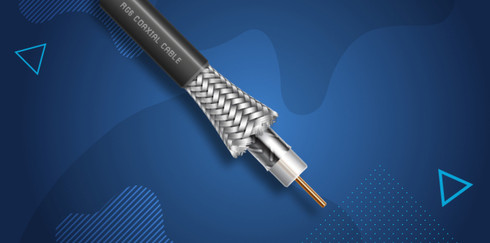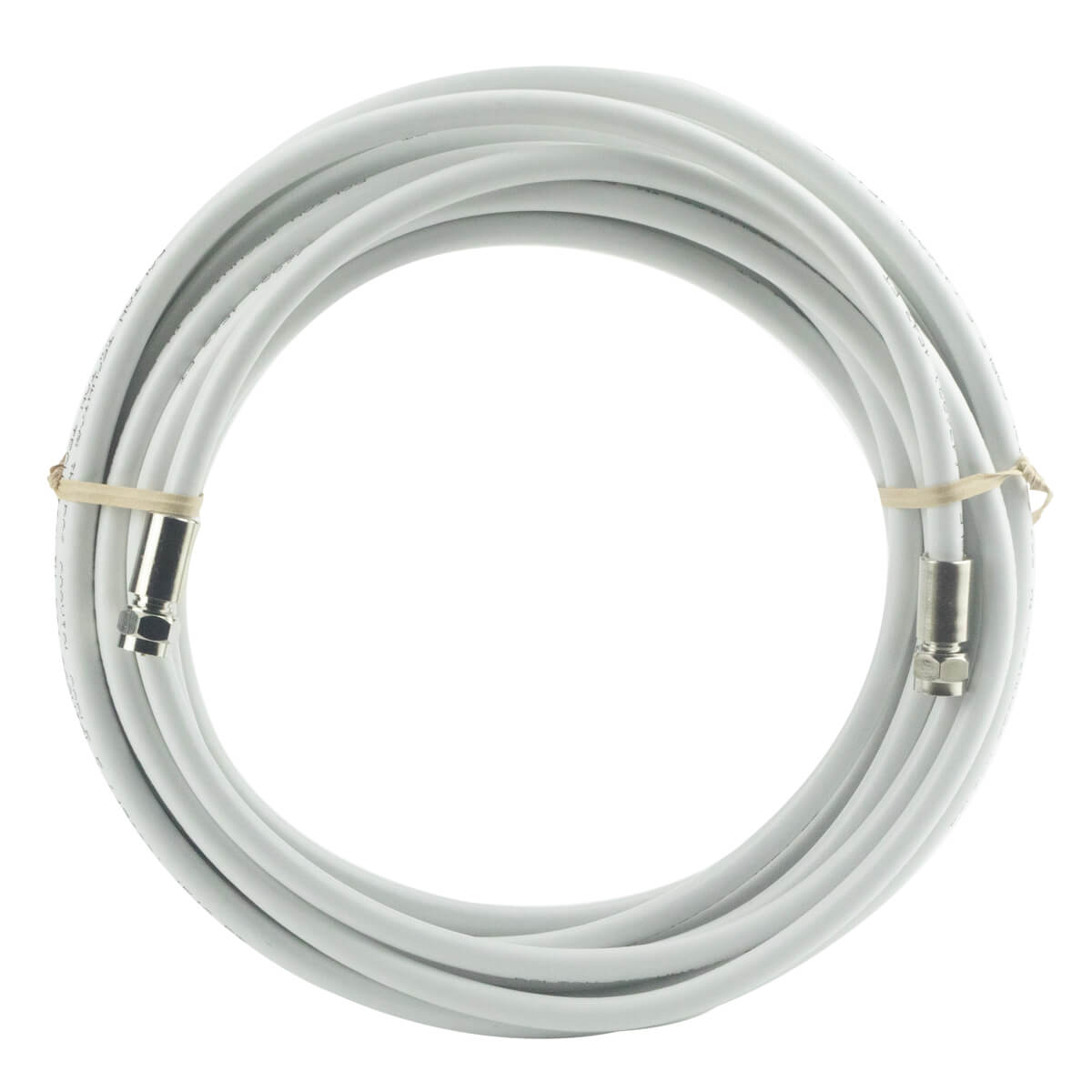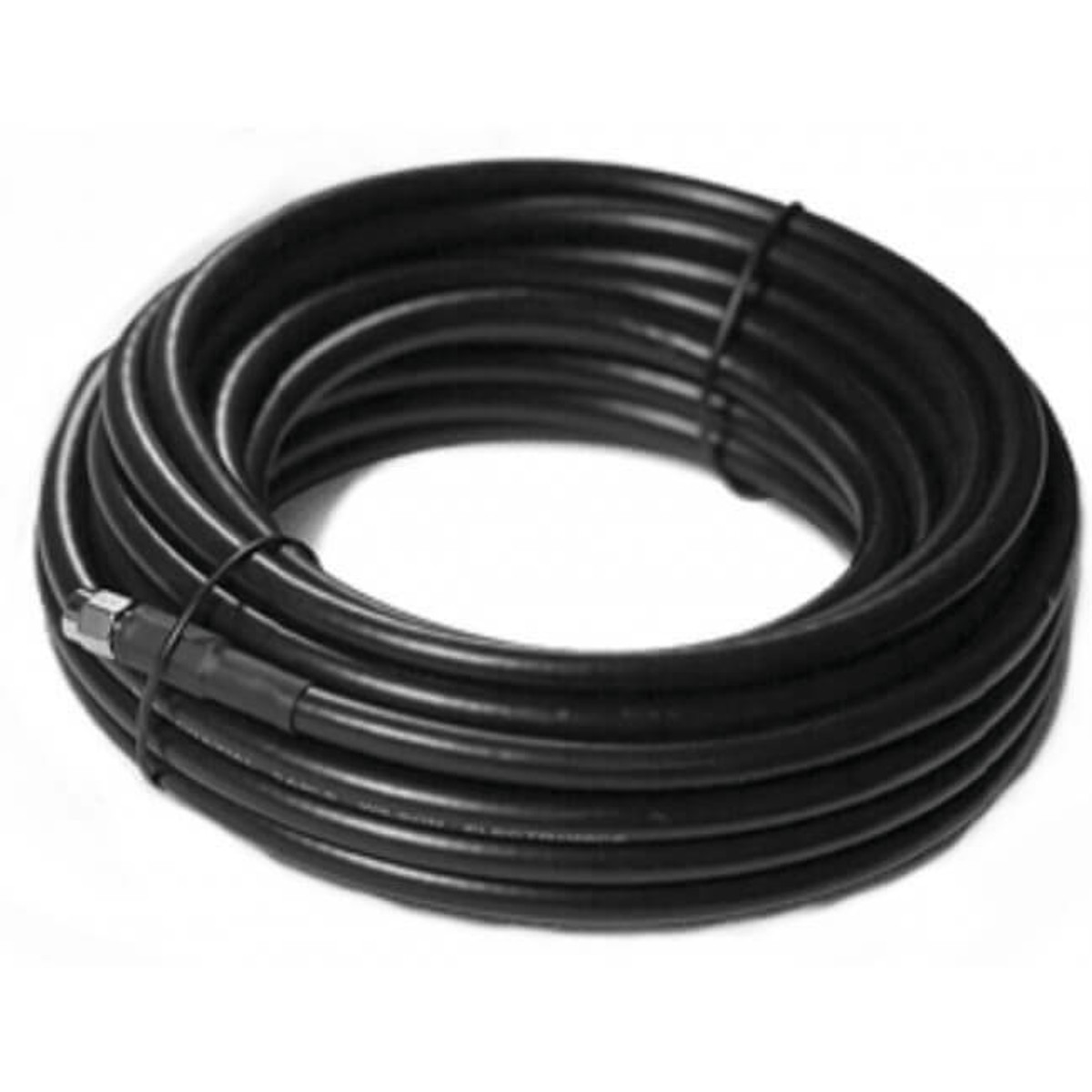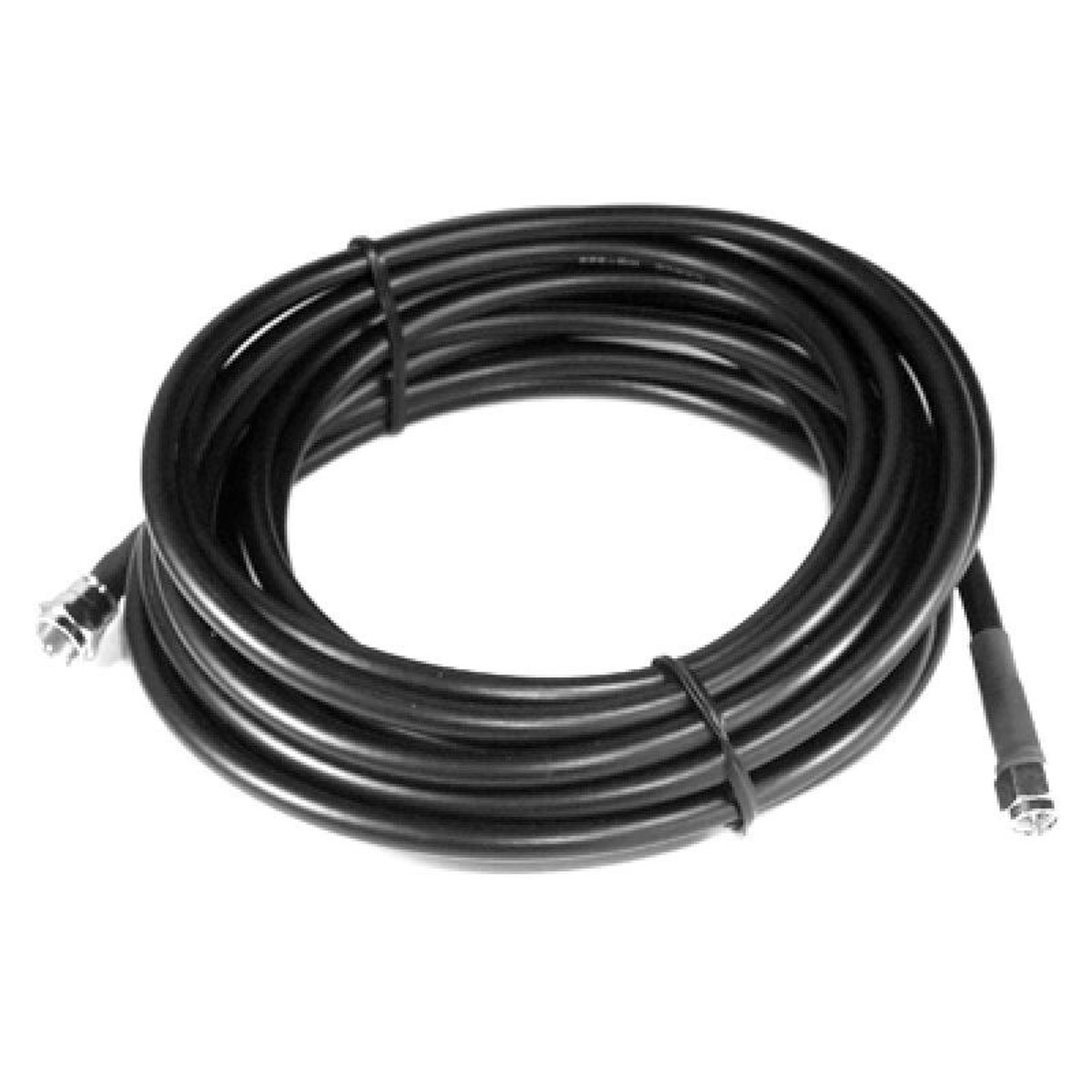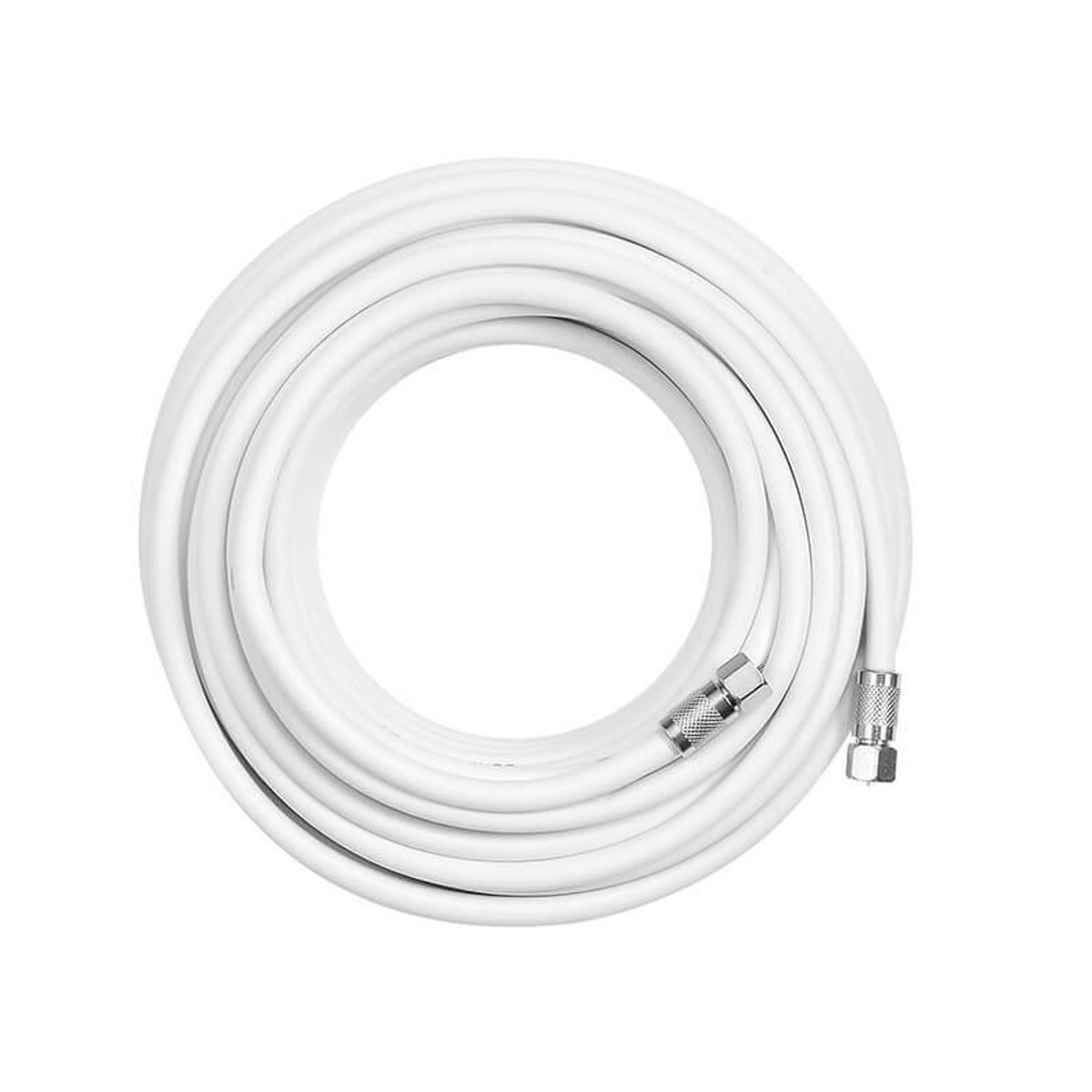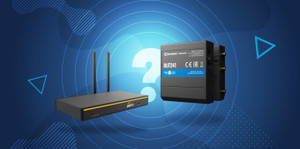RG6 Coax Cable Explained: A Short Guide
Understanding RG6 Coax Cable
Coaxial cables carry radio frequency (RF) signals across distances with minimal signal loss. They are the backbone of communication technology. Common applications include cable TV, internet, cell phone signal boosters, and more. There are a lot of coaxial cables on the market, each designed for specific uses.
One of the most popular types of coaxial cable is RG6, commonly found in residential settings. Keep reading to learn all you need to know about RG6 coax cable.
Take advantage of our system design and installation services. Learn more or call us for a free consultation: 1-800-969-8189.
What is RG6 Coax Cable and How Does it Work?
RG stands for “Radio Guide”, the original military specification for coaxial cables dating back to WW2. The number distinguishes the cable’s specifications.
RG6, sometimes called RG6/U (Universal or Utility), generally refers to coaxial cables with 75 Ohm impedance and an 18 AWG (1.024 mm) center conductor. With a large conductor, it’s able to provide strong signal quality. It also has a thick dielectric insulator and better shielding. This enables effective GHz signal handling and increased protection from signal interference.
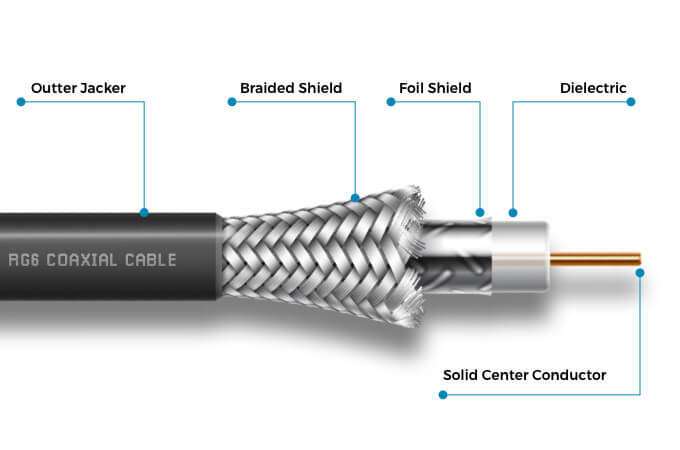
*Amount of shielding varies across manufactures.
Separated by the dielectric insulator for consistent separation, the core carries the signal from point a to point b while the shield protects the signal from electromagnetic interference. All components are further insulated and protected by the outer jacket. The tails of RG6 cables are usually terminated with F-Type connectors. This construction enables the transmission of quality signal with low loss.
Thin, about 6.90 mm (0.275 in) in diameter, and flexible, RG6 cable is easy to install, making it a popular choice for residential and some commercial applications. The thicker the cable, the harder it is to maneuver throughout a building without compromising the cable’s integrity.
So, when watching TV or using the internet, the RG6 cable is consistently passing the information, making sure it reaches its destination without getting mixed up or disturbed by outside "noise".
There are different variations of RG6 coax cable for general, direct burial, aerial, and plenum use cases.
What is RG6 Coaxial Cable Used For?
Due to its specifications, RG6 cable is well suited for high frequency (over 50 MHz) applications, such as:
- Cable Television (CATV)
- Satellite Signal Transmission
- Broadband Internet
- Residential Cell Phone Signal Boosters
- And More
How Much Loss Does RG6 Cable Have?
As RF signals travel through the length of the RG6 cable, there is always some loss that occurs. It’s inevitable. Some coax cables have less signal loss (attenuation) than others.
The extent of attenuation is influenced by both the cable's length and the frequency of the signal. Here is a chart illustrating signal loss in dB (decibels) per 100 feet for RG6 coaxial cables.
| Frequency | Attenuation (dB/100ft) |
| 55 MHz | 1.6 |
| 211 MHz | 3.05 |
| 300 MHz | 3.55 |
| 450 MHz | 4.40 |
| 550 MHz | 4.90 |
| 750 MHz | 5.65 |
| 865 MHz | 6.10 |
| 1000 MHz | 6.55 |
| 1750 MHz | 8.44 |
| 2150 MHz | 9.90 |
| 2400 MHz | 10.48 |
*The attenuation values depicted in this chart pertain specifically to our Bolton RG6 coaxial cable. It's important to note that attenuation for coaxial cables from other manufacturers may vary slightly.
For the strongest signal transmission, it’s recommended to use the shortest RG6 cable possible for your application.
What’s the Difference Between RG6 and RG6/U Coax Cable?
RG6 and RG6/U coax cables are essentially the same. The “U” simply refers to universal or general utility use.
What’s the Difference Between RG6 and RG11 Coax Cable?
RG11 coax cable has similar applications as RG6. Differences lie in specifications. RG11 cable is thicker with a larger center conductor, allowing superior signal transmission.
The key advantage of RG11 is its ability to carry signals across longer distances with significantly less loss compared to RG6. This makes RG11 the preferred choice for extended cable runs. The trade-off is flexibility. RG11 is less pliable and may pose challenges in maneuvering throughout a building.
Because of its characteristics, RG11 cables are pricier than RG6. The choice between the two depends on the specific requirements of your application.
| Uses | Short cable runs in residential and some commercial settings. | Longer cable runs in residential and commercial settings. |
| Attenuation | Low Signal Loss | Lower Signal Loss |
| Impedance | 75 Ohms | 75 Ohms |
| Thickness* | About 6.90 mm / 0.275 in | About 10.29 mm / 0.405 in |
| Gauge | 18 AWG | 14 AWG |
| Flexibility | Flexible | Less Flexible |
| Price | Less Pricy | Pricier |
*Thickness may vary slightly across cable manufacturers.
What’s the Difference Between RG6 and RG59 Coax Cable?
RG59 cable, characterized by a smaller conductor, thinner dielectric insulator, and less shielding, falls short in signal quality transmission when compared to RG6. It’s best for transmitting frequencies below 50 MHz across short cable runs. RG59 cable attenuation is pretty significant. Applications include CCTV, audio video, and other low-frequency systems.
| Uses | High-Frequency Applications (above 50 MHz) | Low-Frequency Applications (below 50 MHz) |
| Attenuation | Low Signal Loss | Higher Signal Loss |
| Impedance | 75 Ohms | 75 Ohms |
| Thickness* | About 6.90 mm / 0.275 in | About 6.15 mm / 0.242 in |
| Gauge | 18 AWG | 22 AWG |
| Flexibility | Flexible | More Flexible |
*Thickness may vary slightly across cable manufacturers.
Are All RG6 Cables the Same?
Despite their similar appearance, not all RG6 cables are identical. There are RG6 cables designed for indoor, underground, and aerial applications. The materials they are made from and their construction can affect performance. This is why specifications are not uniform across coax cable manufacturers.
When searching for RG6 cable carefully analyze the cable's specifications to make sure it meets your needs.
Shop High-Quality RG6 Coax Cable
Since coaxial cables are the backbone of RF communication systems, it's only logical to invest in the highest quality RG6 cables for optimal performance. Signal Boosters is a leading provider of coaxial cables. Here are our most popular RG6 coax cables:
[View All Coax Cables]
If you have any questions about RG6 cable, feel free to give us a call at 1-800-470-6777 or email us at sales@signalboosters.com. To customize your own coaxial cable, check out our custom cable builder.
Interested in Learning More? Check Out Our Cellular Info Hub / WiFi Info Hub

